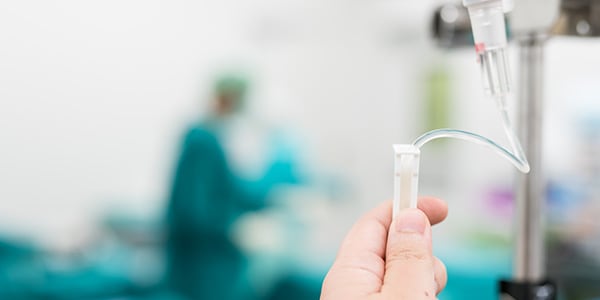Flexible endoscopes can be damaged through normal use as well as through improper care. Since these instruments represent a significant investment, if your endoscope is damaged, it may be more cost-effective to find a specialty business that does reliable endoscope repairs than it is to purchase a new endoscope.

How Are Endoscopes Used?
Endoscopes are flexible tubes that are comprised of two or three sets of tightly twisted optical cables. One of those cables is attached to an afferent light source that illuminates what’s inside the body while another cable carries the reflected light to the physician’s eyepiece or camera. Physicians use endoscopes to peer into the esophagus, the stomach and other parts of the body that would otherwise be impossible to inspect visually.
What Kinds of Damage Can Endoscopes Incur?
Endoscopes’ very flexibility poses a threat to their structural integrity. Breaks can occur at a number of different points along the angulation system, particularly near rubber encasements. As units age, insertion tubes can show signs of wear and tear.
Other types of damage, such as kinks in critical suction or biopsy channels, may be able to be prevented by proper handling techniques. During procedures, it’s very important to avoid angling the cable carrying the afferent light source too sharply. When an endoscope is being transported, it should never be placed in a receptacle with a forceps or with other bladed surgical equipment that has the potential to slice its cables. Endoscopes should always be positioned with their knobs upright so that there is no risk of those knobs being dislodged.
Taking Care of an Endoscope
Developing a leak is one of the biggest problems that can happen to an endoscope. Leaks are not always apparent to the eye, so it’s important to test your unit for leaks before you use it. Endoscopes should also be cleaned thoroughly after every use. The instrument should be removed from any electronic attachments and washed in warm, soapy water. The air and water channel should be flushed with clean water for at least 15 seconds to dispel any body fluids or organic debris.
